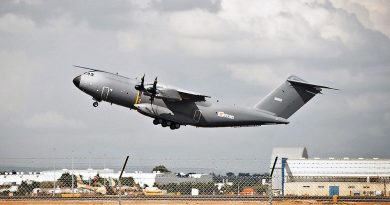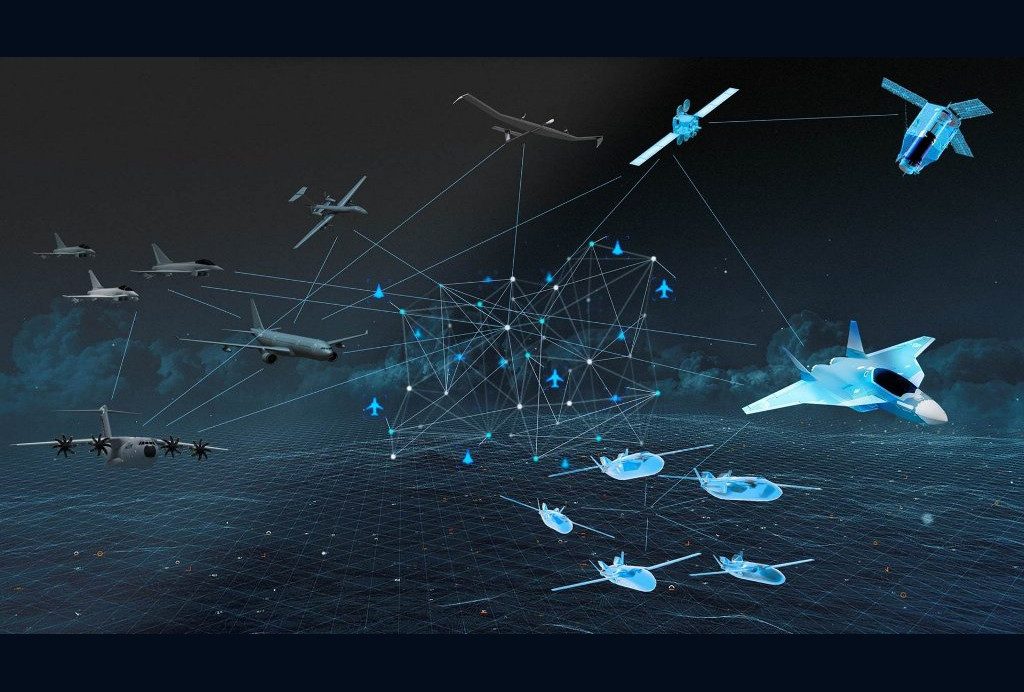
FCAS: the way towards a multinational System of Systems
Besides flying systems, the real revolution in the future air combat domain will be the so-called Combat Cloud, one of the three elements of the Future Combat Air System (FCAS): this will include communication, computing, services, allowing acting in the cyberspace, accessing information coming from space, and in the end will change the mindset. In fact it will also allow bringing control execution down to the lowest level, as command and control functions will be delegated within the “tactical bubble”, avoiding the lengthy Air Task Order (ATO) compilation, thus enabling to considerably shorten the OODA (Observe Orient, Decide, Act) loop, allowing staying one step ahead of the opponent. This is what the FCAS is all about, thus it does not come as a surprise if there is not yet a decision on what the new Franco-German-Spanish aircraft, the New Generation Fighter, one of the FCAS components, will look like; the notional mock-up seen at Le Bourget in June 2019 might be quite different from the actual aircraft which Initial Operational Capability is expected in 2040.
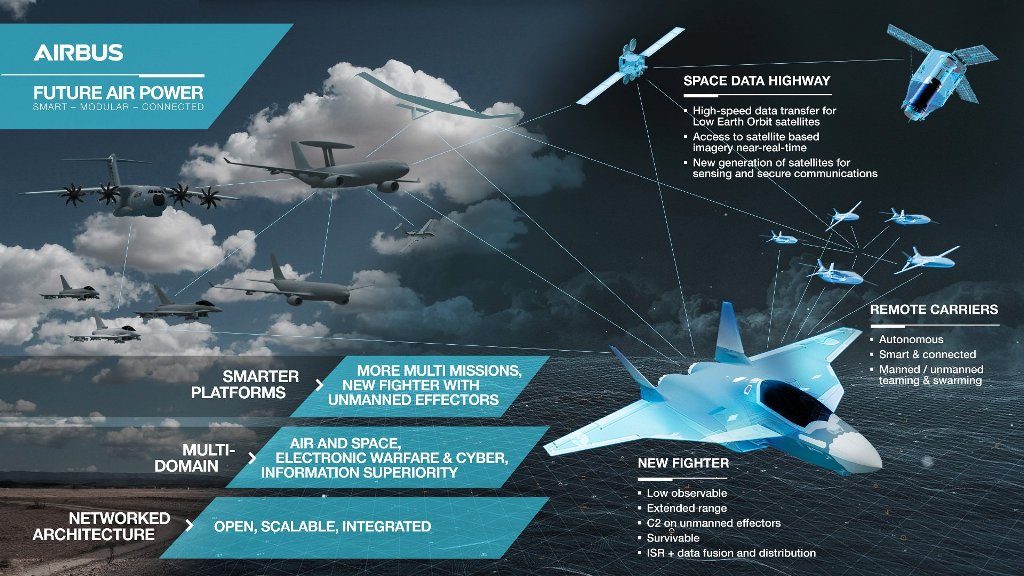
The FCAS was the first subject to be discussed at the Defence iQ Fighter Conference in Berlin, the military presentation being done in a combined way by Major General Jean-Pascal Breton, Programme Leader FCAS for the French Air Force, and by Colonel Joerg Rauber, Branch Chief Planning FCAS at the German Ministry of Defence, followed by the industry, represented by Bruno Fichefeux, Head of the FCAS programme at Airbus Defence & Space.
The other game-changing elements of the FCAS will be Remote Carriers (RCs); these unmanned systems will be much more than remotely piloted aircraft (RPAs), as they will incorporate Artificial Intelligence (AI) elements. Currently over 10 types of RCs are being considered, some of them to be carried by the FCAS itself while bigger ones will be launched by other air assets, i.e. the A400M Atlas. Not only their dimensions and payloads will be pretty different, but also their low observability level will differ, depending on missions. AI will in the end provide the swarm capability without the need of constant dialogue among RCs, making them nearly unjammable, a key element in highly contested Electro-Magnetic (EM) space.
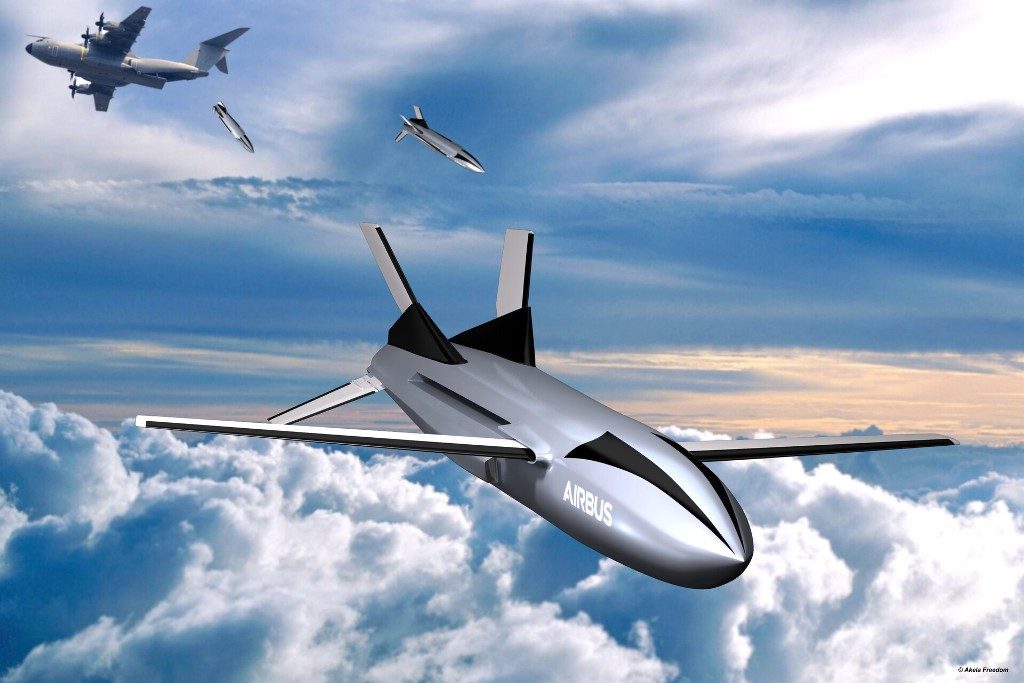
The low observability, “stealthness” as we often refer to it, was another key element of discussion, numerous programmes being underway in Europe, the best known being the Low Observable UAV Testbed (LOUT) underway by Airbus in Germany. Contracted by the German MoD in 2010 as a Very Low Observable (VLO) ground test bed, the aim was demonstrating wideband signature reduction technologies and building a test bed for further VLO integration bringing together simulation and measurement based on a potential configuration for a VLO-platform. LOUT was developed from 2010 onwards in Manching and Bremen using a Skunk Works approach. Airbus adopted an iterative approach, over 10 2-D designs being examined, half of them going to the 3-D development phase, with a further downselection that left three candidates one of them becoming the LOUT. While much of the LOUT signature reduction comes from the air vehicle architecture, a flying wing type, some of the technologies developed might well find their pace also on manned future generation aircraft such as the FCAS. On the other hand Dassault is busy in developing stealth technologies for the nEUron drone.
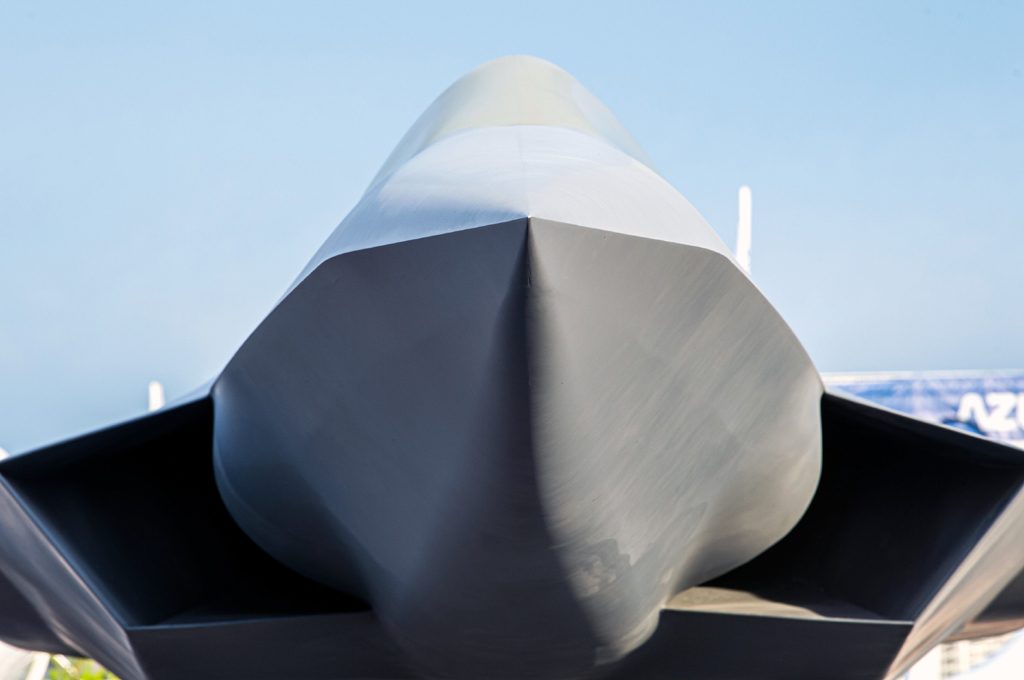
France and Germany do not have necessarily identical visions, i.e. France can rely on all-national intelligence assets while Germany would mostly refer to Coalition assets, while the two countries also have different perspectives on operations due to the different recent military engagements carried out by their forces, however the aim is to bring those differences to what is compatible with the production of the same aircraft and subsystems, while differences between version would reside mostly in the software, Rules Of Engagement (ROEs) being i.e. something that might be different. “We expect no divergences, just national specificity,” was the statement by the speakers.
In October 2019 the first results of the studies launched following the governmental framework agreements between France and Germany were reached, currently the combined project team including the two nation’s representatives is working in Arcueil, close to Paris. In early 2020 these will be joined by Spanish officers. The 6 months Tranche 1 studies aimed at stating operational needs, the issue being three joint New Generation Fighter (NGF) concepts and 10 joint Remote Carrier concepts. The holistic approach to the FCAS means that the NGF and RC performances will influence each other. The Tranche 2 work, which is ongoing, is analysing the seven Research & Technology pillars, NGF, sensors, RCs, Engine, Simulation Laboratory, Very Low Observability, and System-of-Systems connectivity. The team must also reach a common set of requirements, the discussion on this having just started. France and Germany have invested 150 million Euro on a 50/50 base in this phase, and it is expected that Spain will contribute with the same amount of money.
Questioned on the aircraft architecture the speakers made it clear that no decision has yet been taken on the number of crew members and engines. While it seems highly probable that the new aircraft will feature two engines, the number of ejection seats remains debatable. In the long term France will need replacing its Rafale F3 in the nuclear deterrence role, and is working to develop single-seater solutions for this. Not only, France must already think at a carrier-based version of the NGF, although according to speakers differences will be limited to some specific areas of the aircraft cell.
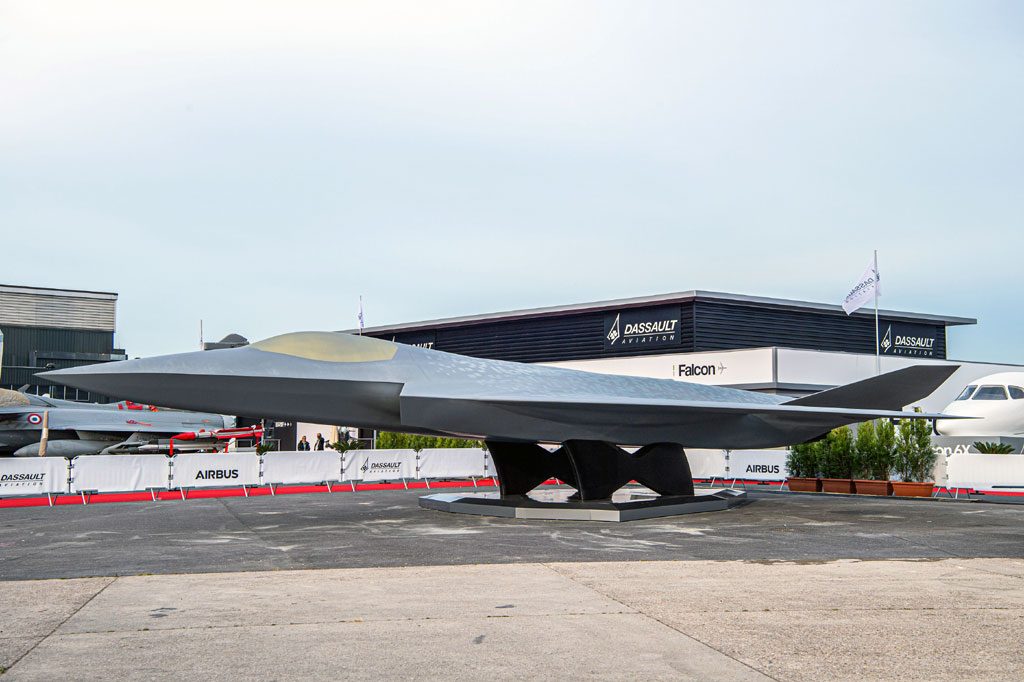
As for Germany, the question is if the next generation crew member will be a pilot or a flying information manager, and how much AI will be able to help him or her in its decision making role, an example made being that of AI running hundreds of OODA loops in order to present a few optimised solutions to the crew.
An FCAS demonstrator is planned for 2026: according to industry, 2025 will see an initial System-of-Systems (SoS) capability with the Eurofighter Long Term Evolution (LTE) fitted with advanced communication systems, 2030 marking an intermediate SoS level including the Eurodrone Zephyr, a smart Multi Role Tanker Transport (MRTT), first generation RCs, multi-platform sensors allowing data fusion, predictive intelligence and finally collaborative target engagement capabilities, full SoS being expected in 2040 when the FCAS should reach its IOC.
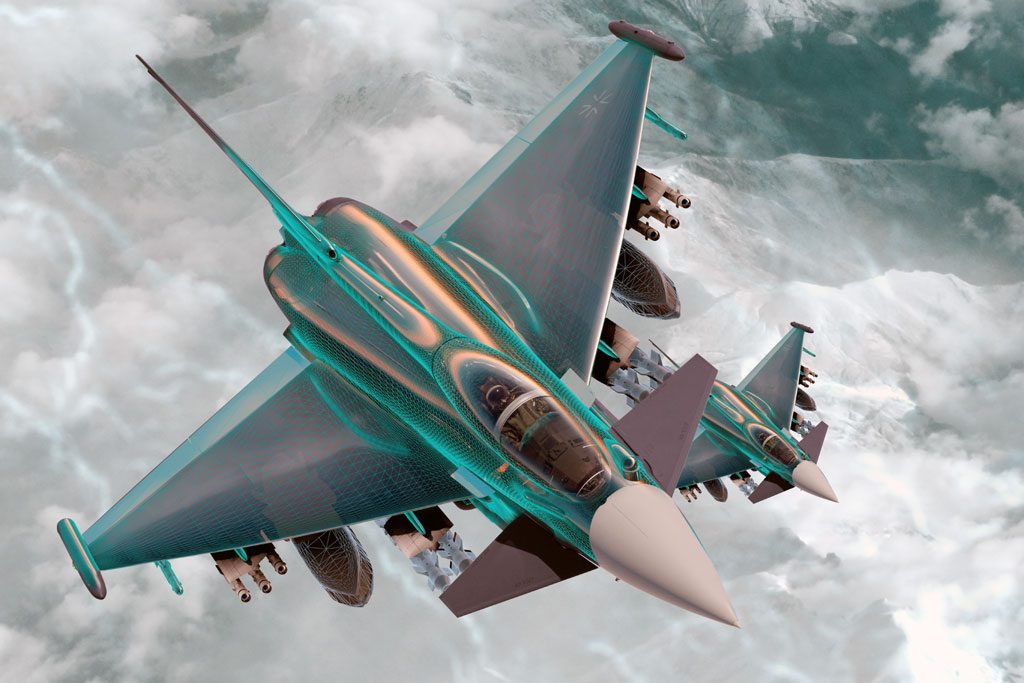
Photos and pictorials by Airbus and Eurofighter
Back to The International Fighter Conference 2019 special report menu


